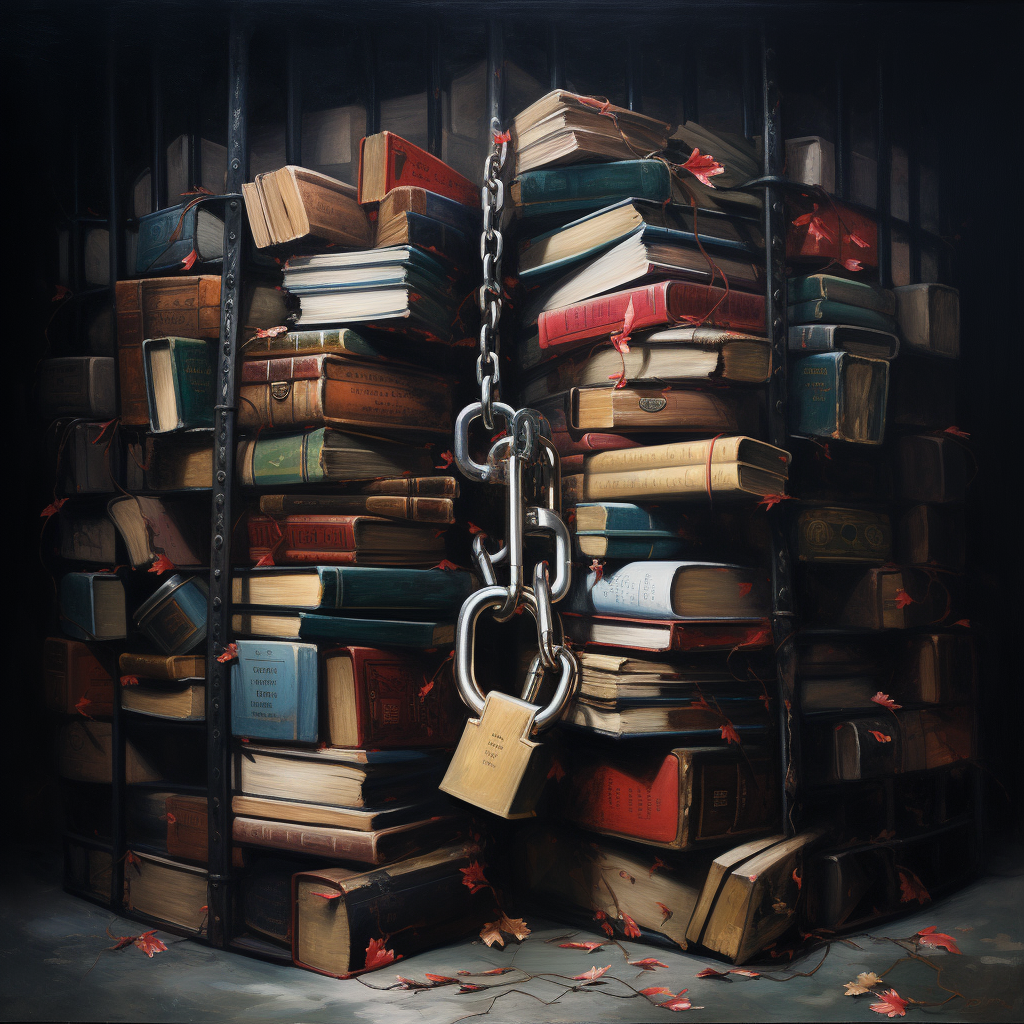In a small town named Vaughan, the public library has always been a beacon of knowledge, a sanctuary for readers of all ages.
However, a recent controversy has changed its atmosphere entirely. Due to a series of complaints from a vocal minority, the library administration decided to place certain books under lock and key, making them accessible only upon special request.
As you enter the library, you notice a prominent sign at the entrance: “Restricted Section – Please Inquire at the Front Desk.” Curiosity piqued, you approach the front desk where a librarian greets you with a forced smile, her eyes betraying a hint of unease.
“Welcome to Vaughan Public Libraries. How may I assist you today?” she asks, trying to maintain a semblance of normality amidst the palpable tension.
“I heard about the restricted section. Can you tell me more about it?” you inquire, intrigued yet apprehensive about what you might discover.
This hypothetical scenario underscores the complexities of intellectual freedom, the consequences of censorship, and the pivotal role of public libraries as inclusive spaces for exploration, discovery, and dialogue in a diverse and ever-changing society.
As Freedom to Read Week approaches February 18-24, we are reminded of the invaluable importance of intellectual freedom, freedom of expression, and the unrestricted access to diverse ideas, perspectives, and voices that shape our world. In these challenging times, our commitment to upholding these fundamental rights has never been more crucial.
Why do books get challenged and banned? It seems to be a case of individuals taking it upon themselves to regulate access. Each of the books have elements that readers may find upsetting. Those pushing for book restrictions often seem motivated to protect society, notably the younger generation. Their aim? To guard against content they view as inappropriate, controversial, risky, defiant, or otherwise objectionable.
Books targeted at children and teens seem to face the most criticism. According to the American Library Association’s Top 100 Most Banned and Challenged Books: 2010-2019, the top 5 titles to come under fire in recent years are:
- The Absolutely True Diary of a Part-Time Indian by Sherman Alexie
- Captain Underpants (series) by Dav Pilkey
- Thirteen Reasons Why by Jay Asher
- Looking for Alaska by John Green
- Melissa (previously published as George) by Alex Gino
If you would like to learn more about intellectual freedom and public libraries, please consult the Freedom to Read Week website, the American Library Association’s Banned & Challenged Books website and Vaughan Public Libraries’ comprehensive Collection Policy. As indicated in the policy, “The collection is an unbiased and diverse source of information representing as many viewpoints as possible.”
Celebrate the power of literature today with our selection of titles that explore censorship, free expression, contentious works, and more!


